There is nothing more enticing than the smell of freshly baked bread- and it is even more satisfying when you have baked it yourself. But most people are put off by the misconception that baking is challenging work. It is in fact, quite simple and extremely therapeutic. It is a terrific way to work through stress and aggression by mixing and kneading the dough!
Baking Bread
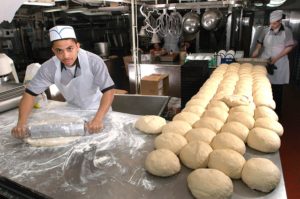
Bread is a staple food prepared from the dough of flour and water, usually by baking. Throughout recorded history, it has been of importance since the dawn of agriculture. Proportions of types of flour and other ingredients vary widely, as do modes of preparation. As a result, types, shapes, sizes, and textures of loaves of bread differ around the world.
Bread is served in various forms with any meal of the day. It is eaten for breakfast, as a snack and used as an ingredient in other culinary preparations such as sandwiches, and fried items coated in bread crumbs to prevent sticking.
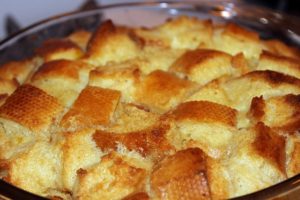
It is the main component of bread pudding, as well as of stuffing’s designed to fill cavities or retain juices that otherwise might drip out.
Bread is the staple food of the Middle East, North Africa, and Europe and in European-derived cultures such as those in the Americas, Australia, and Southern Africa, in contrast to East Asia where rice is the staple. Bread is usually made from wheat flour dough that is cultured with yeast, allowed to rise and finally baked in an oven. The addition of yeast in the bread explains the air pockets commonly found in bread. Owing to this high level of gluten, common wheat is the most common grain used.

Gluten-free slices of bread have been created for people affected by gluten-related disorders. Gluten-free bread is made with ground flours from a variety of materials such as almonds, rice, sorghum, corn or legumes such as bacon, but since these flours lack gluten they may not hold their shapes as they rise.
History of wheat
Wheat has been cultivated by man since before recorded history. It is conjectured by anthropologists that hungry hunters first stockpiled the grain as a storable food source. When it got wet, it sprouted, and people found that if the grain was planted it yielded more seeds.
Grown in Mesopotamia and Egypt, wheat was likely first merely chewed. Later, it was discovered that it could be pulverized and made into a paste. Set over a fire, the paste hardened into flat bread that kept for several days. It did not take much of a leap to discover leavened (raised) bread when yeast was accidentally introduced to the paste.
In Egypt, around 1000 BC, inquisitive minds isolated yeast and could introduce the culture directly into their bread. Also, a new strain of wheat was developed that allowed for refined white bread. This was the first truly modern bread.
The Greeks picked up the method for making bread from Egyptians; from Greece, the practice spread over the rest of Europe. Bread and wheat were especially important in Rome where it was thought to be more vital than meat. Bread continued to be important through history as bread riots during the French Revolution attest.
Today, even with the competition of a growing variety of foods, bread remains important to our diet. It has a prominent place in supermarkets, at local markets, in our homes, in restaurants and burger chains and patisseries, which offer a wide selection of sandwiches and frankly without a bread bun we would not have had a burger.
You may like to read Bread Recipes


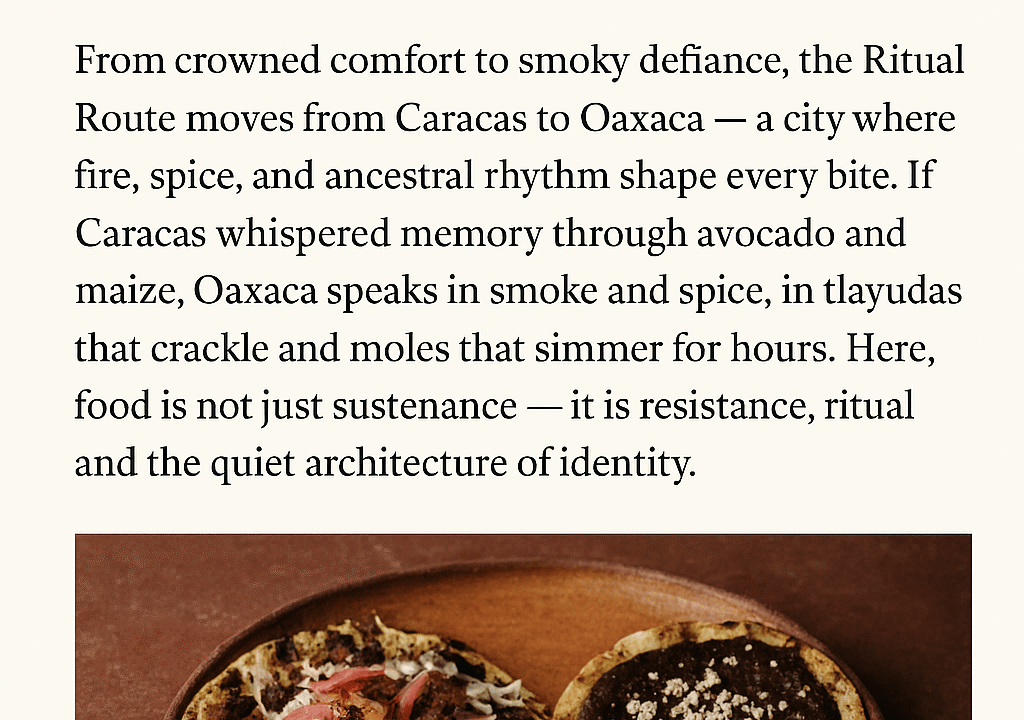
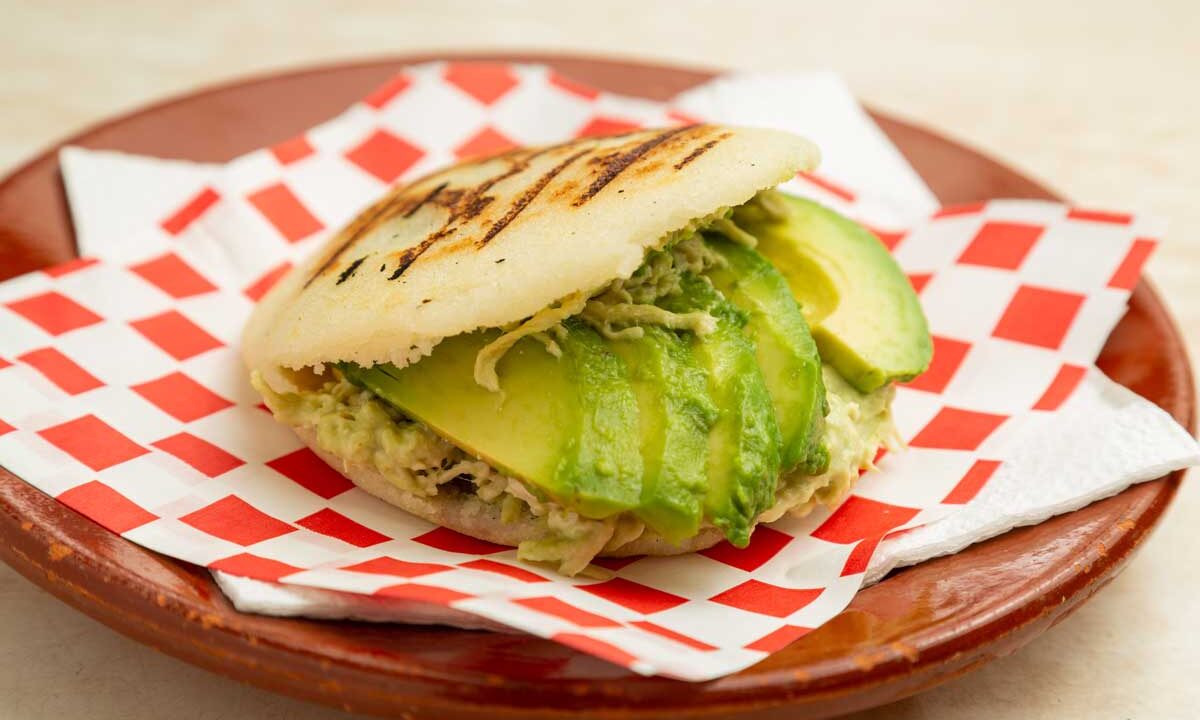




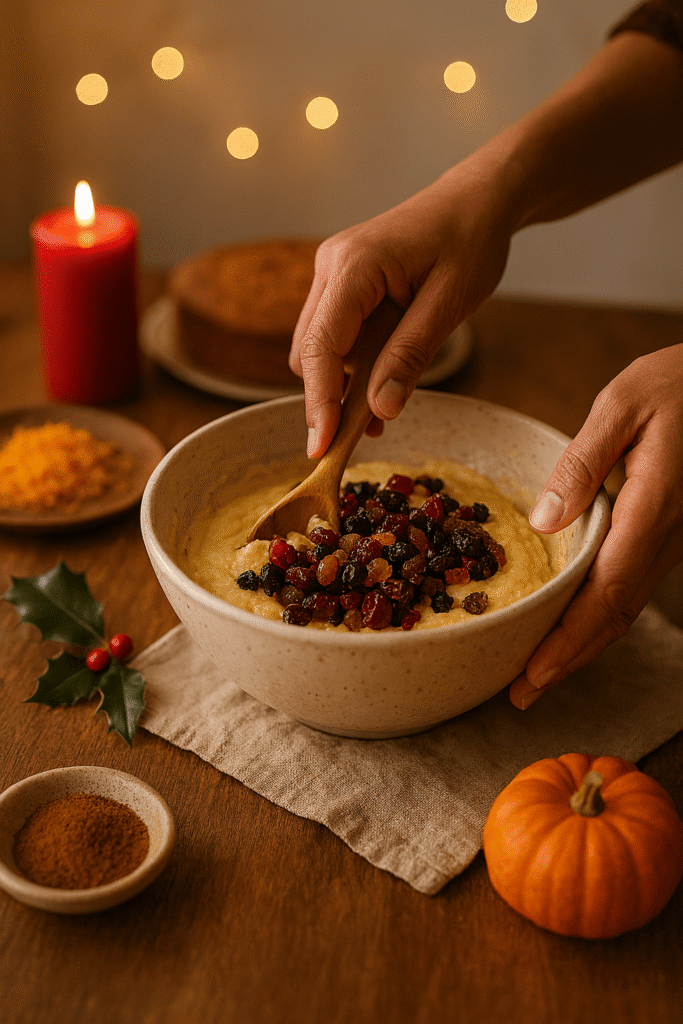


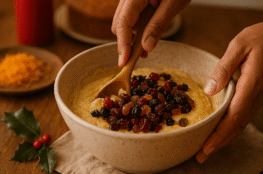
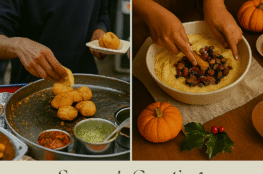
April 17, 2017
I’ve been making our bread for many years. Very rewarding.
April 18, 2017
Yes, it is very rewarding indeed.